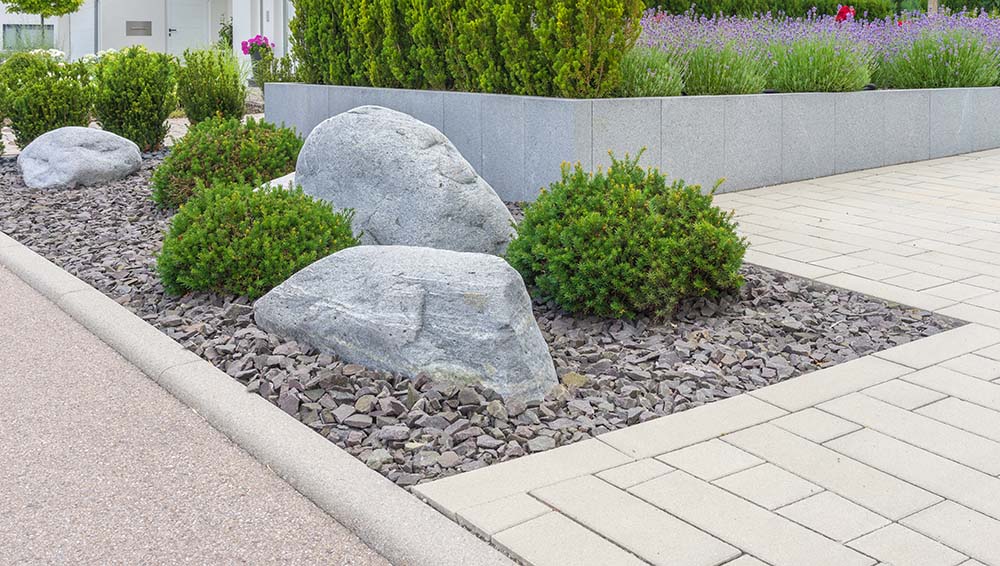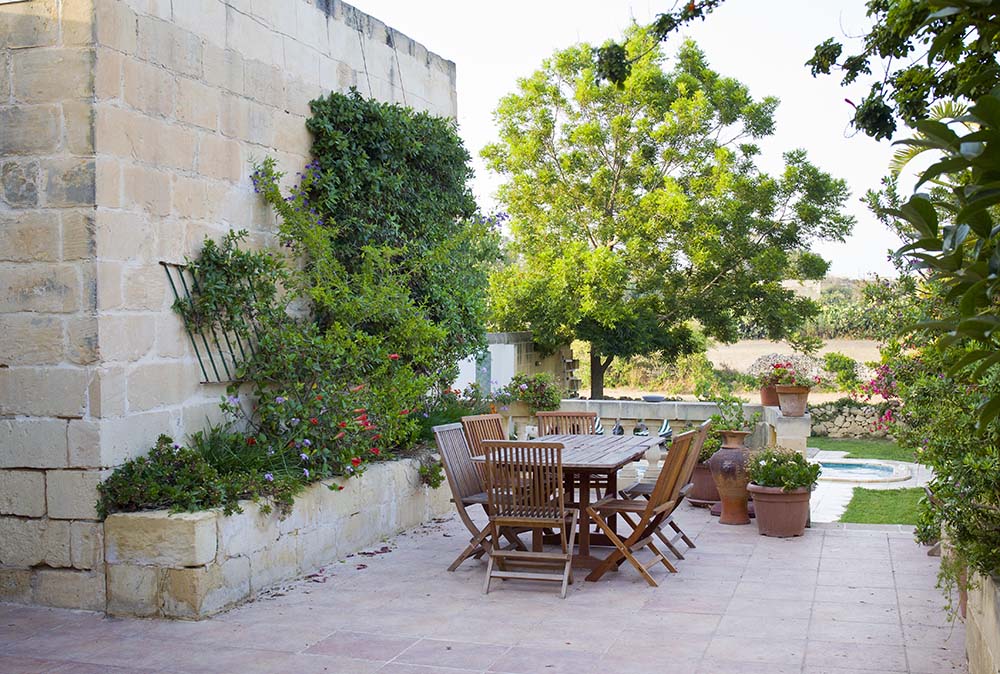Garden Styles
Garden Styles

So, we’ve just entered a new year and we’re stuck in another national lockdown; what else is there to do but focus on our homes and gardens? Everyone needs to stay safe and stay home where possible, so this is the perfect time to reinvent our spaces, do a little DIY, and just give your outdoor space some TLC. I know a lot of you are probably thinking, where do I even start? Well, the best place to start is with defining your style. There are lots and lots of garden styles out there with different themes, different colour palettes and different purposes. No two gardens are the same and we think that’s just great. I could go on forever about all the different garden styles because the list is really endless, so for now, I’ll just talk you through some of the most popular ones.
The Cottage Garden
I feel like we have to start with this one because it is a such a classic and obviously a great choice for us brits. You might be shocked to learn that this style began as something quite different. British labourers, who didn’t have the time to grow and maintain lots of flowers, used to fill their gardens with fruit, veg and herbs so that they could feed their families and treat any illnesses. Only a handful of flowers would feature, and that was just to ward off bugs. As we came to the end of the 18th century, the more well-to-do members of British society decided that they liked the idea of cottage life in the country and wanted to recreate these cottage gardens, but with lots more flowers, thus, the English Cottage Garden that we know today was born.


They are beautifully unstructured yet effortlessly romantic, charming, and graceful, filled with a sense of warmth and they’re oh so homely. Always densely planted with a mixture of ornamental and edible plants, you won’t really find any open space in these quaint havens. In these informal gardens you are highly likely to spot an iron gate, a picket fence, or a stone pathway; it’s all about traditional building materials and that old English feel. Accessorised with urns, wooden benches, well-loved metal watering cans and a dainty white table and chairs.
It is all about character, softness and personal touches; the only rule is that there are no rules! Now for the best bit, what you should plant in your cottage garden. We love the old-fashioned favourites, so we recommend the following:
Digitalis Wisteria Rambling Roses Delphiniums Phlox Hardy GeraniumsPeonies Cosmos Lavender Campanula
Start there and we promise you won't want to stop.
Japanese
Japanese gardens are some of the most idyllic and peaceful in the world, perhaps because they were not designed for visual appeal, they were created with spiritual and philosophical ideals in mind. They are all about simplicity, minimalism and capturing the essence of the natural landscape. Gardens in this style are sparsely planted to create open spaces, perfect for strolling around, and they tend to focus more on foliage than flowers. You should see a lot of stone and gravel, two significant materials in Japanese culture, used today to symbolise mountains, hills and water. Ponds, streams, and waterfalls are usually the focus of these gardens, accentuated by islands or bridges, intricately made of stone or wood.

People often seem to question whether this style is maintainable in the UK but it most certainly is. If you’re looking to create that oriental feel but don’t want to build anything extreme, add a water feature or a large stone lantern, you can just change the plants you go for. To achieve the Japanese style, you want to focus on trees, shrubs, and lawns that you must meticulously manicure. UK gardeners will want to focus their attention on maple, plum, pine and cherry trees, the Black Cherry Plum is real beauty! Of course, you’ll want to include azaleas, Rhododendrons, and wisteria. Wisteria floribunda is often grown over beautiful arches to allow the delightful scent to fall down upon those who walk through.
Modern
Modern Gardens are really on trend, perhaps because they allow for the addition of new outdoor technologies or because they feature low maintenance plants that fit perfectly into our fast-paced lives. It is definitely one of the easier styles to get the hang of because it is super simple and there’s a lot of room for personal style. If you’re looking to modernise your space, think sophistication, sleek lines, and organisation. Interestingly, these gardens actually draw on the minimalism seen in Japanese gardens, but they take it one step further, focusing on only geometric shapes, the repetition of patterns and a very simple colour palette. You’re likely to see contemporary furniture and impressive installations like fire pits, outdoor bars and swimming pools.

Plants are used to inject some much-needed warmth and colour into these gardens. The careful sway of leaves in the wind contrasts beautifully with the still, flat nature of the structural elements. Here’s what we recommend:
Sedum Silene Allium Canna Agapanthus Hosta
Take a look at our Glorious Grass Collection, it's perfect for a modern garden!
Mediterranean
I have a real soft spot for Mediterranean gardens, they are just so laid back and serene. You enter a mediterranean garden and the mind takes you away to holidaying in Italy or Spain, it reminds you of warmer weather and dining alfresco under the summer sun. It is all about informal spaces, rustic details and the combination of incredible scents and textures.
Your traditional Mediterranean garden was built from local stone; they featured gravel paths, paved terraces, and dry-stone walls, sometimes a tile mosaic and a stone-edged pool. To replicate this style in the UK you just want to use that beautiful stone colour throughout the space (you can definitely achieve this with paint if that’s easier for you), with the addition of brightly coloured Mediterranean tiles. We also recommend planting climbers to disguise walls that perhaps don’t fit the theme.

As for decoration, think natural. Potted plants play a really key role in these gardens, you want lots of them, all dotted around in little groups, different shapes, and sizes but always soft, natural colours and materials like the classic terracotta. You obviously cannot forget about the seating area; food is an integral part of the Mediterranean lifestyle. It is usually positioned in a shaded area and made of a natural material like wood. Metal would get too hot in the med, but in the UK, it works well.
Plant wise, you want to steer clear of any lawn areas and focus on pots and a border or two. For the borders, you’ll want to dig in grit and organic matter to create free-draining soil and mulch with gravel or pebbles. When choosing your plants, opt for those that look good all year round and love the heat. We recommend:
Trachycarpus fortuneii Agapanthus Twister Brugmansia tricolor Trachelospermum jasminoides Citrus Trees
So that’s a little round up of some of my favourite styles that you can definitely incorporate into your UK garden, whether that be little hits of the med or a fully fledged cottage garden escape. If you have a beautiful garden that encompasses one of these great styles, please send tag us in your pictures on social media we would love to see them!

